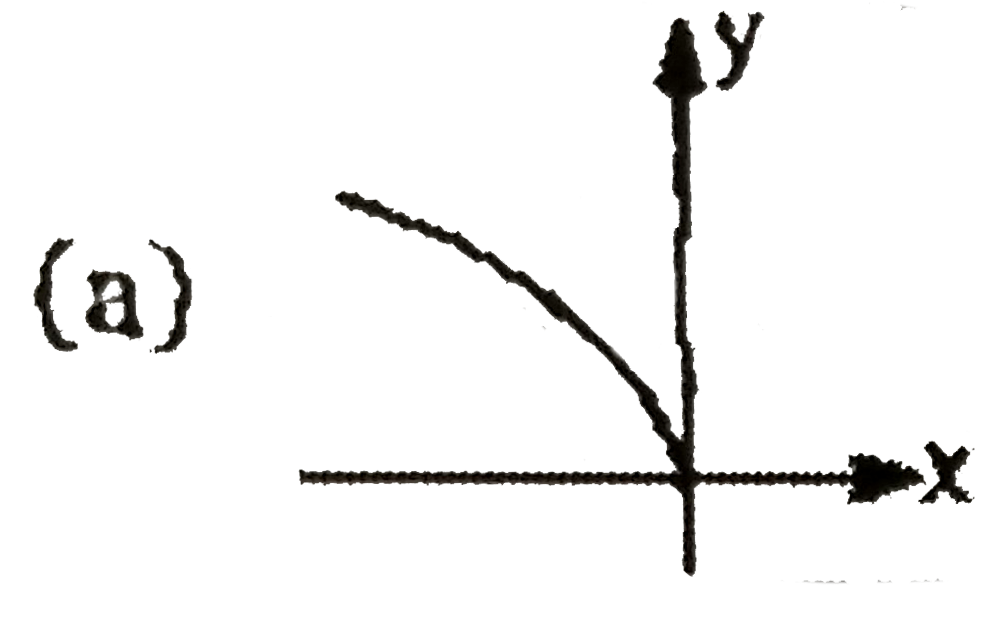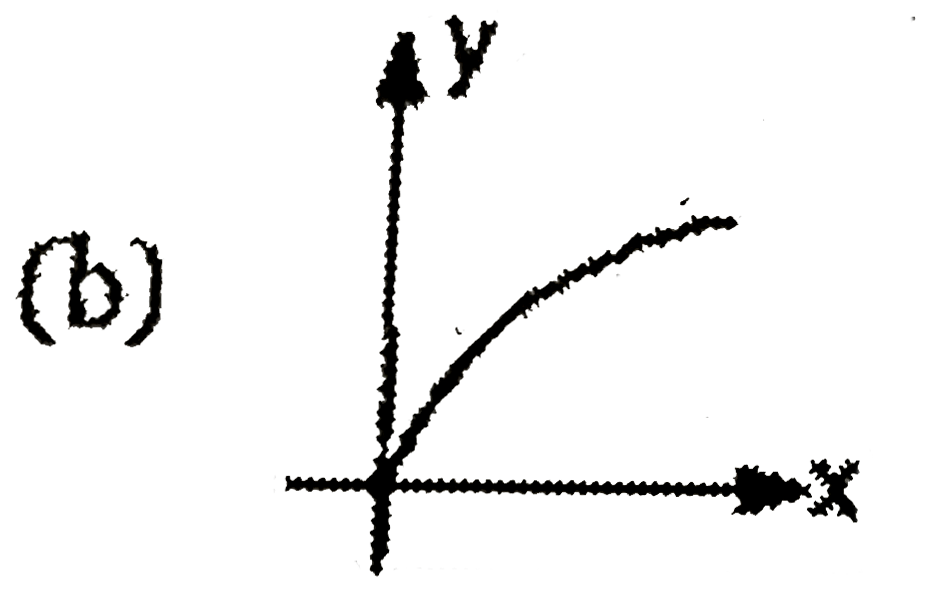The figure shows a circular path taken by a particle. If the instantaneous velocity of the particle is , through which quadrant is the particle moving at that instant if it is traveling (a) clockwise and (b) counterclockwise around the circle? For both cases, draw on the figure.

(draw tangent to path, tail on path) (a) first, (b) third
Topper's Solved these Questions
- MOTION IN TWO AND THREE DIMENSIONSBOOK - RESNICK AND HALLIDAYCHAPTER - MOTION IN TWO AND THREE DIMENSIONSEXERCISE - PROBLEMS
50 Videos
- MOTION IN TWO AND THREE DIMENSIONSBOOK - RESNICK AND HALLIDAYCHAPTER - MOTION IN TWO AND THREE DIMENSIONSEXERCISE - PRACTICE QUESTIONS (SINGLE CORRECT CHOICE TYPE)
49 Videos
- MOTION IN TWO AND THREE DIMENSIONSBOOK - RESNICK AND HALLIDAYCHAPTER - MOTION IN TWO AND THREE DIMENSIONSEXERCISE - PRACTICE QUESTIONS (MATRIX-MATCH)
10 Videos
- MOTION ALONG A STRAIGHT LINEBOOK - RESNICK AND HALLIDAYCHAPTER - MOTION ALONG A STRAIGHT LINEEXERCISE - PRACTICE QUESTIONS ( Integer Type )
3 Videos
- OSCILLATIONSBOOK - RESNICK AND HALLIDAYCHAPTER - OSCILLATIONSEXERCISE - Practice Questions
57 Videos
Similar Questions
Knowledge Check
The instantaneous velocity of a particle moving in xy-plane is →V=(ay)ˆi+(V0)ˆj where y is the instantaneous y co-ordinat of the particle and V0 is the particle starts from origin then its trajectory is
A B
B C
C D
D
A particle is projected with a velocity →v=8ˆi+6ˆjm/s. The time after which it will starts moving perpendicular to its initial direction of motions is
A0.5sB1.25sC1sD5/3sThe variation of velocity of a particle moving along straight line is shown in the figure. The distance travelled by the particle in 4 s is
 A25mB30mC55mD60m
A25mB30mC55mD60m
A particle is moving under a constant acceleration of 3m/s2. The initial velocity of the particle is 10m/s. calculate the distance travelled by the particle is 5s and also in th 5th second of its motion.
View SolutionA particle is to move along a line at the constant velocity →v=(2m/s)ˆi−(3m/s)ˆj. During the motion of the particle, we assume that two forces are acting on it. If one of the forces is →F=(2N)ˆi+(−5N)ˆj, find the other force.
View Solution
In the figure shown υ=2m/s ω=5rad/s and CP=1m
In terms of ˆi and ˆj find linear velocity of particle P.
View Solution
In the figure shown ω=v2R in terms of ˆi and ˆj find linear velocities of particles M, N, R and S.
View SolutionA particle is moving in such a way that at one instant velocity vector of the particle is 3ˆi+4ˆjm/s and acceleration vector is −25ˆi−25ˆjm/s? The radius of curvature of the trajectory of the particle at that instant is
View Solution
